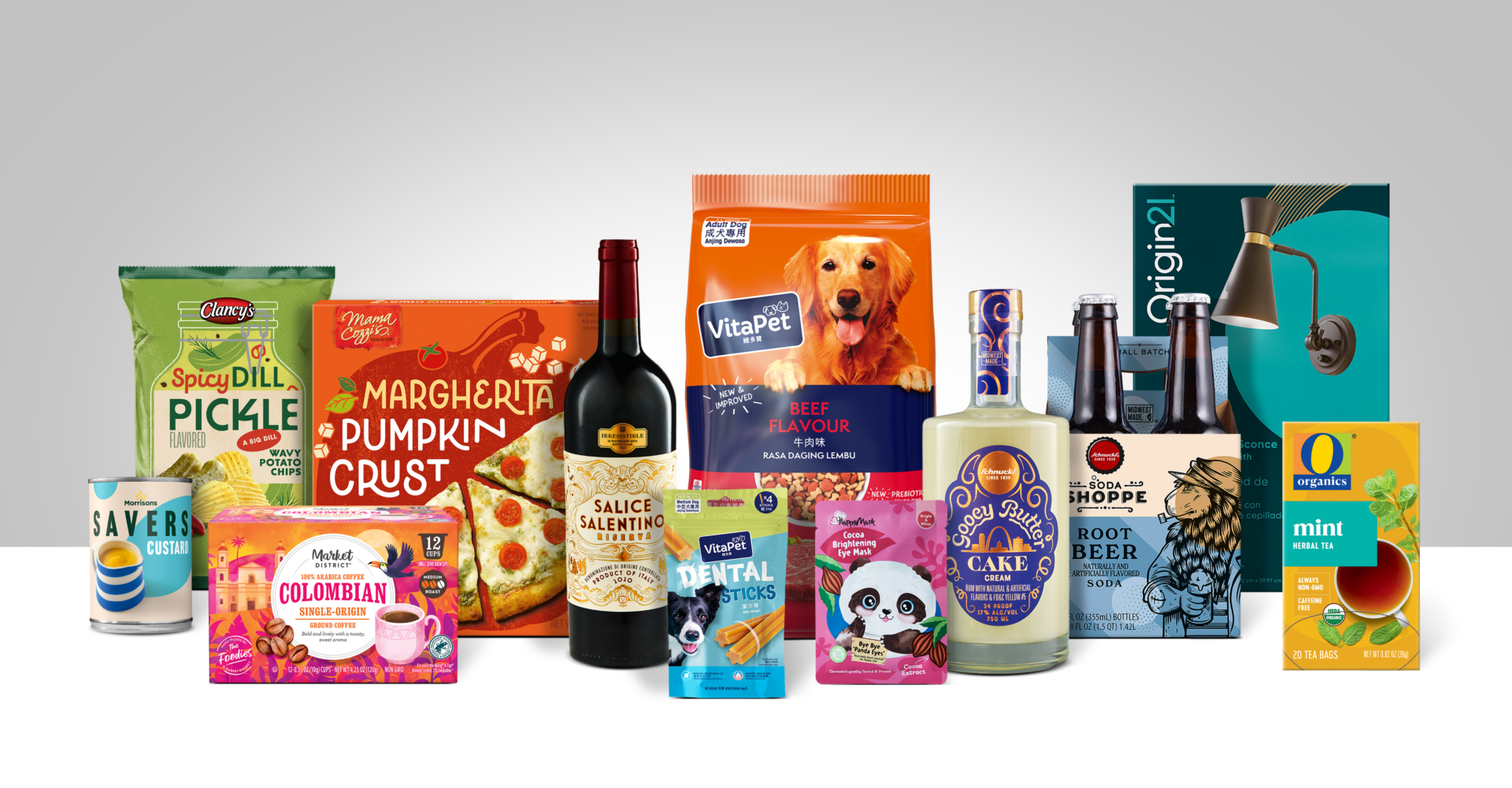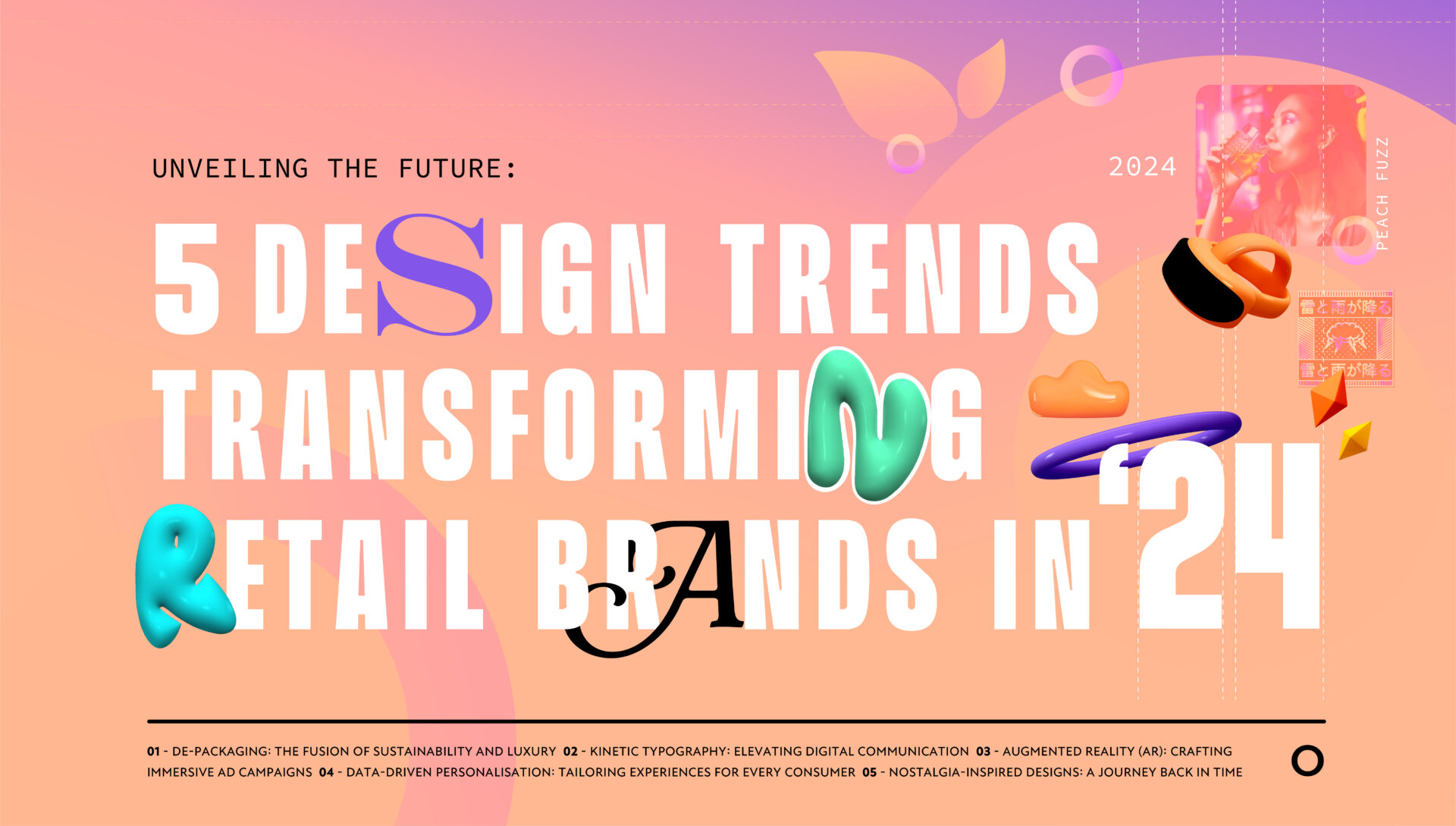HOW CAN PRIVATE BRANDS DRIVE SUCCESS IN 2022? TED MONNIN, SENIOR CREATIVE DIRECTOR, TAKES A LOOK AT THE EVER CHANGING LANDSCAPE OF PRIVATE BRAND AND HOW THINGS COULD PLAY OUT THIS YEAR.
Between the pandemic’s disruptive effect on supply chains and the rising price of energy, the inflation rate on good is driving prices up, while added demand and increased prices add pressure on consumer pocketbooks. Shoppers will find little relief from the effects of this wherever they steer their carts. Recent projections from market-research firm IRI have inflation for consumer-packaged goods possibly hitting 8% in the first half of 2022 before easing back down to a still-elevated 4% in the latter part of the year.
For retailers it may be a compelling opportunity to increase private brands’ penetration and share of basket as consumers seek ways to keep their grocery spending in check. But how can they do this? Equator provides that roadmap.
Competing with national brands
Private brands have been given an advantage, as shoppers look for savings wherever they can, but this isn’t a reason to push price as the primary selling point. Instead, private brands should seize this chance to get even more competitive with national brands through modernising packaging design and building loyalty with customers. The ultimate goal is to make sure people buy these products because they want to, not just because it’s cheaper.
There are a couple of strategies private brands can take, depending on category. Where products stand less chance of competing with a leading national brand – fizzy cola drinks, for example – it’s prudent to tie in some of their color logic to avoid being discounted altogether by customers, for whom those colors signal trust and quality.
However, there are also more opportunities to stand out on shelf by carving out a completely different aesthetic that has its own ‘wow factor’. Some of the most successful private brands have chosen not to have complete consistency across all categories, instead choosing to differentiate with stronger communication and packaging design through color, content and improved consumer focused pack architecture.
It’s time to be bold
Some of the most successful private brands have made waves with bold patterns and color combinations, which are impactful on shelf and appeal to shoppers’ needed sense of optimism. By moving away from the traditional color combinations and being more creative and innovative with color, private brands can connect with consumers emotionally and gain trial.
Retailers that take the private-brand mentality further, making things less generic and more ownable or custom, are well-positioned to take more basket share from the leading national alternatives.
Engaging emotionally
The notion of fresh starts is already apparent in the design space. Dulux’s Color of the Year 2022 ‘Bright Skies’, is an airy, fresh, light blue, while Pantone’s ‘Very Peri’, is described as a red-violet-infused blue hue that inspires creativity, hope and possibility. Whichever color combinations are presented on pack, those that seek to convey something more profound than rock bottom prices are more likely to achieve success.
Story-telling and sustainability
Design that tells a story is the most powerful, and a combination of design and copy will need to be considered here. Photography is, more than ever, something private brands will have to consider in order to set themselves apart. By using non-photoshopped backgrounds and real products that highlight quality and texture, pictured alongside ingredients, private brands can communicate provenance or evoke an aesthetic that signals a whole environment – preparing a time-honoured family recipe for example, or a high-end restaurant experience.
A packaging strategy that communicates values, whether that’s a focus on local produce, consistent quality or sustainability, is likely to have the greatest success. Sustainability in particular is increasingly used as a differentiator for marketing purposes, so key callouts about responsible sourcing, waste reduction and recyclability on-pack shouldn’t be overlooked.
Private brands that focus on recycled materials and recyclability, taking steps such as removing windows to lower plastic use and limiting foils from products, can benefit from consumers’ growing concerns about climate change. Younger consumers in particular are more likely to buy brands they view as holding themselves accountable when it comes to sustainability.
The competitive advantage
While consumers will look to make savings where they can, to counter the effects of inflation, extreme value on its own is unlikely to swing many shoppers, who still factor sustainability into their decision-making and – more than ever – seek to buy products that add something positive, hopeful and experiential into their lives. Private brands that position themselves to deliver on these desires will likely hold a compelling competitive advantage in 2022 and beyond.















